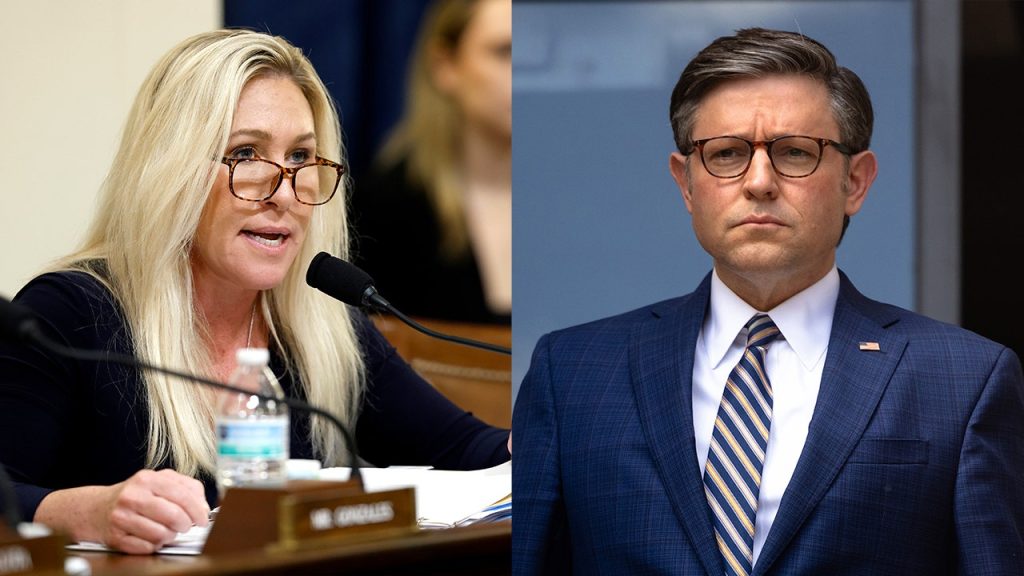House Representative Marjorie Taylor Greene recently called for more support from the majority within the Republican Party, stating that at least 109 Republicans should be in favor of an issue before voting. However, Greene did not necessarily follow her own advice when she tried to remove House Speaker Mike Johnson, a member of the majority party. This attempt failed on a vote of 359-43, with only 11 Republicans, including Greene, in favor of recalling the Speaker. This resulted in a cross-party vote with 163 Democrats voting to protect Johnson, ensuring his continued Speakership.
The media and Republican colleagues closely followed Greene’s actions, with tensions rising within the party. Some GOP members criticized Greene’s approach, calling her actions destructive and predicting that she may find herself isolated within the party. Despite Greene’s efforts to remove Johnson, and numerous discussions with him, it did not lead to any concessions from the Speaker. A potential crisis was averted when Democrats sided with Johnson, preserving his position as Speaker and allowing important bills, such as the reauthorization of the Federal Aviation Administration, to proceed.
Greene’s actions raised questions about potential consequences and future motions to remove Johnson. Although there is uncertainty about what lies ahead for Greene, House members have grown accustomed to the chaos caused by such disruptions. The fear of a House shutdown and potential impact on critical legislation, such as the FAA reauthorization bill, underscores the importance of maintaining stability within the House leadership. Despite the challenges posed by Greene’s actions, the intervention of Democratic members served to preserve the functionality of the House and ensure the continued operation of essential services.
The incident highlighted a divide within the Republican Party and underscored the delicate balance required to navigate the complexities of House leadership. Greene’s attempts to remove Johnson highlighted the need for unity and consensus within the majority party to effectively govern and address critical issues. The dramatic vote and subsequent fallout from Greene’s actions served as a cautionary tale about the potential consequences of internal discord and the importance of maintaining stability within the House leadership. As House members navigate the aftermath of Greene’s failed motion, they are left to grapple with the implications of her disruptive actions and the potential for future challenges to the status quo.


